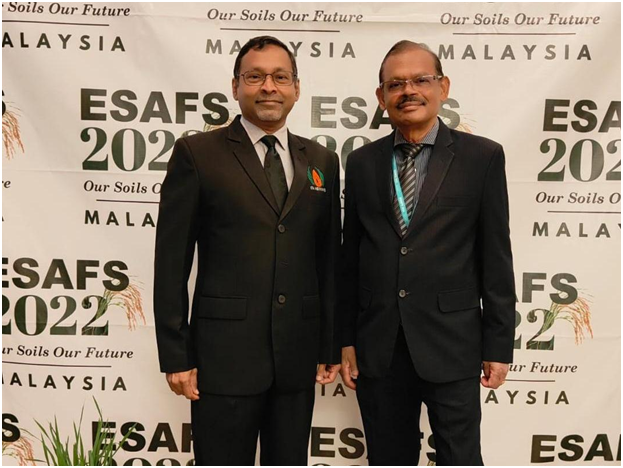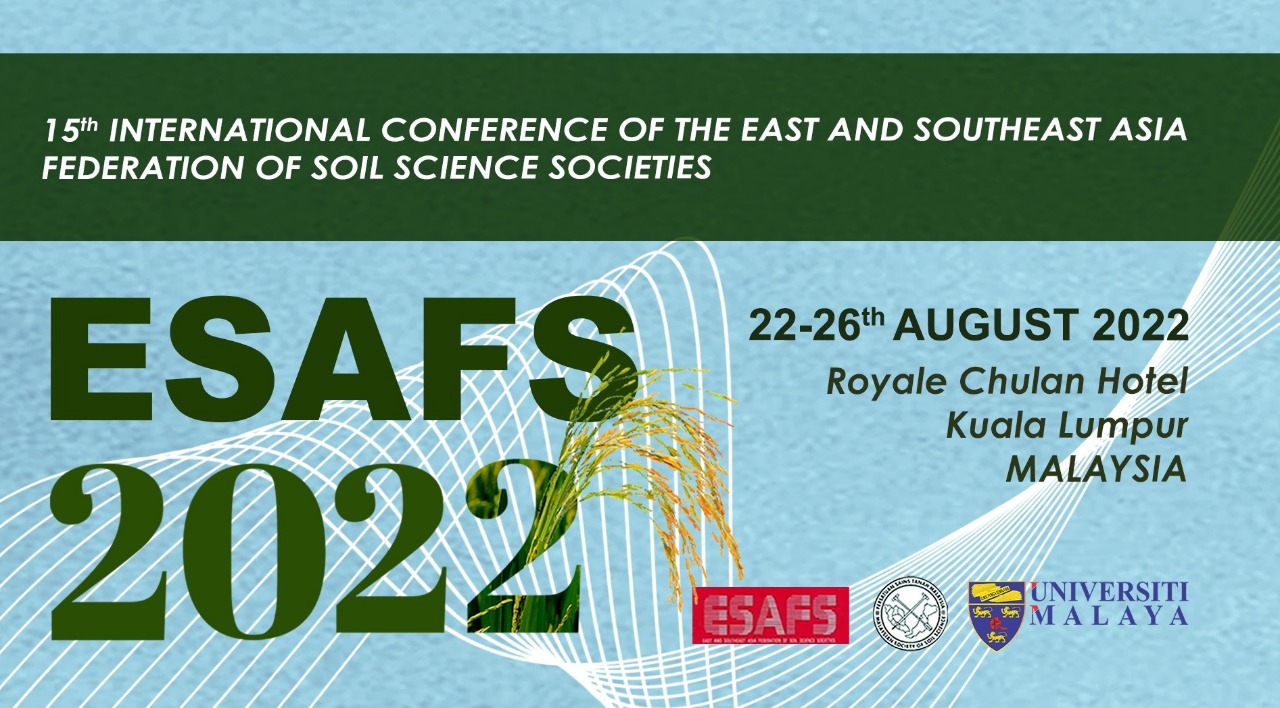Significant Yield Improvements by Water Management in An Agricultural Commodity on Marginal Soils in Malaysia and Indonesia: A Case Study on Oil Palm (Elaeis guineensis)
Written By: Pupathy U.T.* and Sundian. N.
PT SumberTani Agung Resources TBK (STAA)
Jl. PangeranDiponegoro 51, Medan, Sumatera Utara, Indonesia, 20152
*Corresponding Author: Pupathy U.T., pupathy.uthrapathy@sta.co.id
Abstract
The objective of this paper is to review and discuss the significant increases in Fresh Fruit Bunch (FFB) yield after the implementation of good water management practices in oil palm (Elaeis guineensis). In Indonesia about 102,80 million ha out of 148 million ha (69.46%) are under acidic nature while there are about 0.5 million ha of acid sulfate soils in Malaysia. In acid sulfate soils, the presence of pyritic and jarosite layers strongly limits the potential for high yield in oil palm. These acid sulfate soils are having major constraints to FFB production in oil palmas these soils are having low in bases, cation exchange capacity, water retention, organic matter, water holding capacity and microbial activity. The water-table in the drains is used as an indicator for the water level in the fields. The water-tables in the depth were recorded bi-weekly over 3-year period from 2019. pH ranging from 2.5 to 3.3 in 2019 increased to a range of 3.5 to 4.1 in 2021 on the study sites of acid sulfate soils in Indonesia. Changes observed in pH, salinity and water levels for 2019-2021 period gave an indication that significant improvements are taking place for optimizing oil palm yields. Maintaining and controlling of water-table at 45 -60 cm below soil surface has produced a high oil palm yields at commercial scale in many parts of Malaysia and Indonesia. Maintaining water-table below pyritic layer and implementing agro- management practices such as EFB & POME application and inorganic fertilizer application had contributed for a high oil palm yield. Commercial scale FFB yield production ranging from 25 to 35 tonne per hectare per year was obtained on acid sulfate soils in Malaysia and Indonesia.
The main purpose of water management on acid sulfate soils are (i) to minimize the effect of flood & high water-table, (ii) to minimize acid toxicity and (iii) to reduce water stress on oil palm especially during dry weather. For monitoring water-level, one water-level marker should be placed at every drain block point. Furthermore, one perforated pipe (piezometer) should be installed for each 250 ha. Dimension of this piezometer should be 200-250 cm long, 7.5 cm diameter and 10 cm above ground. Periodic flushing of the drains is necessary to remove the accumulated toxic polyvalent ions such as Al3+ and the extremely acidic water. As a measure against flooding especially on low-lying areas, a bund along the river should be considered by the management. Recommended dimension of bund is 8 meter at base, 5 meter at top and height 4 to 5 meter. This bund is also motorable, enabling supervision on field condition as well as on bund condition. In order to ensure smooth removal of water during heavy pour, a higher drain intensity of i.e. 1 to 4 or 1 to 2 or every row should be constructed in extreme condition.
---Citation:
Pupathy U.T., & Sundian. N. (2022). Significant Yield Improvements by Water Management in an Agricultural Commodity on Marginal Soils in Malaysia and Indonesia: A Case Study on Oil Palm (Elaeis guineensis). In the 15th International Conference of the East and Southeast Asia Federation of Soil Science Societies (ESAFS) 2022 Book of Abstracts (1st ed., Vol. 15, p. 68). Kuala Lumpur, Malaysia.

---
Acknowledgements:
The authors are extremely grateful to the top management of PT. SumberTani Agung Resources TBK. (STAA) for their kind permission to present this paper. Special thanks to all supporting staff of STA Resources for their invaluable guidance and assistance.

